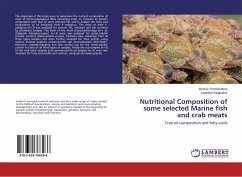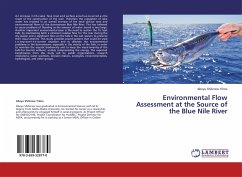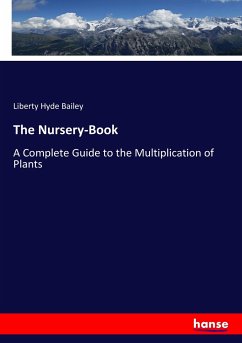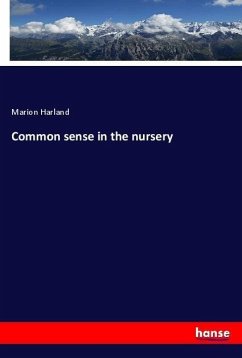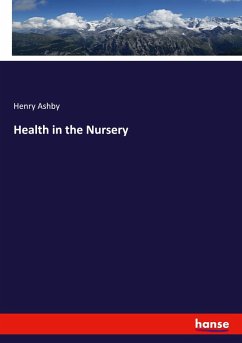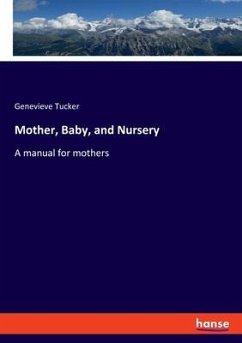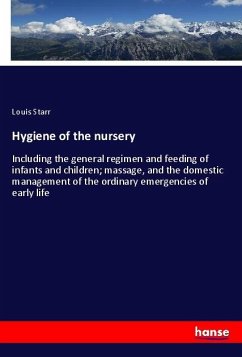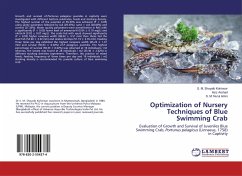
Optimization of Nursery Techniques of Blue Swimming Crab
Evaluation of Growth and Survival of Juveniles Blue Swimming Crab, Portunus pelagicus (Linnaeus, 1758) in Captivity
Versandkostenfrei!
Versandfertig in 6-10 Tagen
36,99 €
inkl. MwSt.

PAYBACK Punkte
18 °P sammeln!
Growth and survival of Portunus pelagicus juveniles in captivity were investigated with different bottom substrates, feeds and stocking density. The highest survival of the juveniles at 65.33% was achieved (P 0.05) using sandy substrates followed by soil (29.33%), sand + soil (28.00%) and control (21.33%). Water quality parameters were overall better in RAS with a significantly (P 0.05) lower level of ammonia-N (0.04 ± 0.10 mg/L) and nitrite-N (0.02 ± 0.07 mg/L). The crabs fed with squid showed significantly (P 0.05) higher carapace width (68.02 ± 3.51 mm) than those fed the scad fish (53.6...
Growth and survival of Portunus pelagicus juveniles in captivity were investigated with different bottom substrates, feeds and stocking density. The highest survival of the juveniles at 65.33% was achieved (P 0.05) using sandy substrates followed by soil (29.33%), sand + soil (28.00%) and control (21.33%). Water quality parameters were overall better in RAS with a significantly (P 0.05) lower level of ammonia-N (0.04 ± 0.10 mg/L) and nitrite-N (0.02 ± 0.07 mg/L). The crabs fed with squid showed significantly (P 0.05) higher carapace width (68.02 ± 3.51 mm) than those fed the scad fish (53.69 ± 3.32 mm) and Acetes shrimps (51.19 ± 3.76 mm). Feeding three times per day exhibited the highest carapace width (65.23 ± 1.61 mm) and survival (50.03 ± 0.02%) of P. pelagicus juveniles. The highest percentage of survival (58.33 ± 0.02%) was observed at 16 individuals / m2 whereas, the lowest was found at 28 individuals / m2 (33.36 ± 2.62%) in different stocking densities experiment. Therefore, the practice of mixed feeds, feeding frequency of three times per day and 16 individuals / m2 stocking density is recommended for juvenile culture of blue swimming crab



